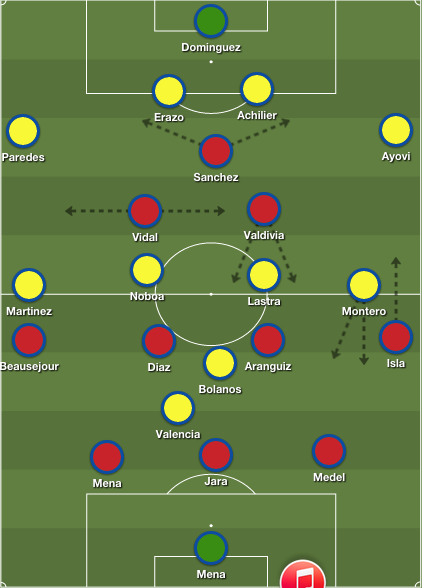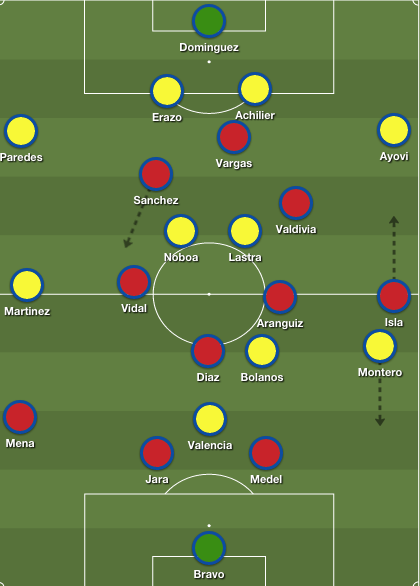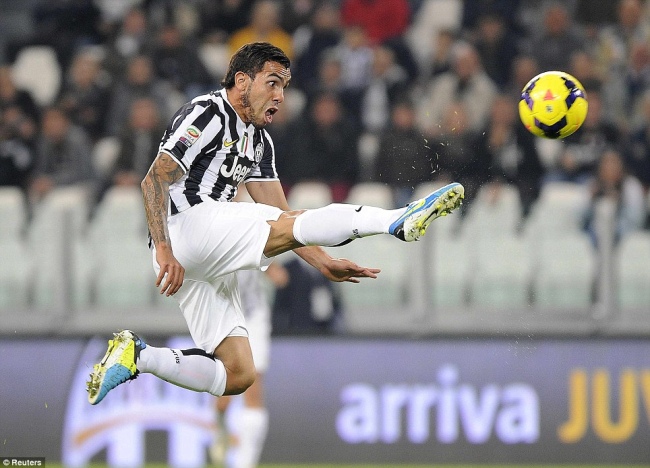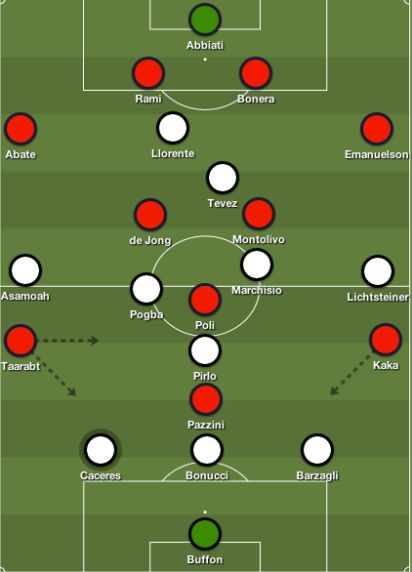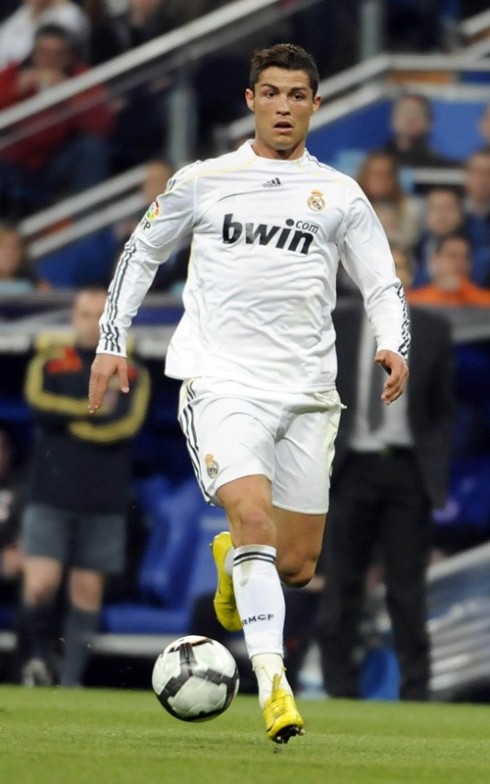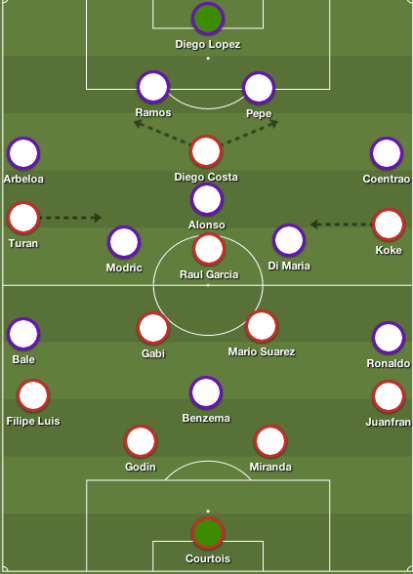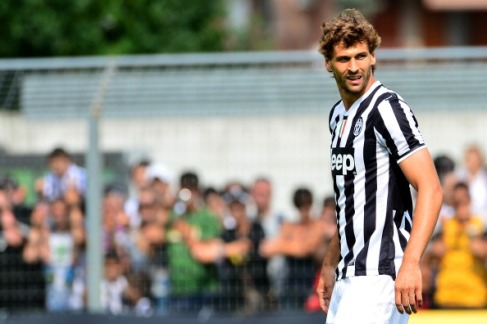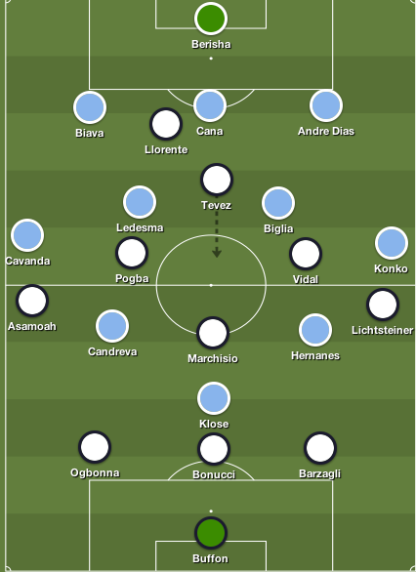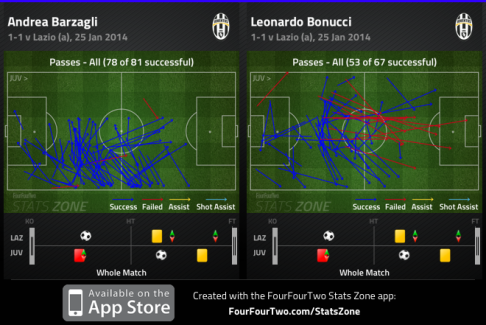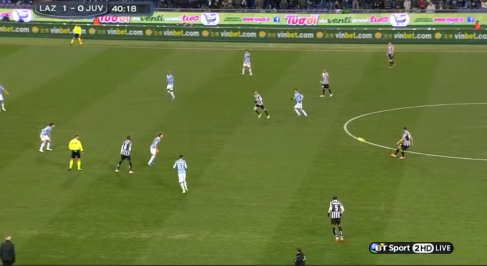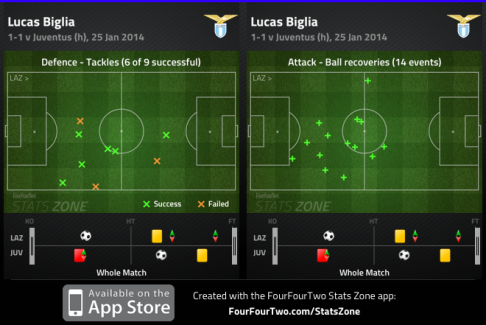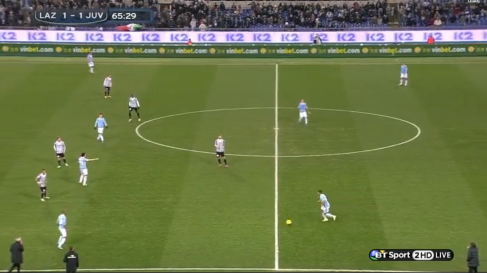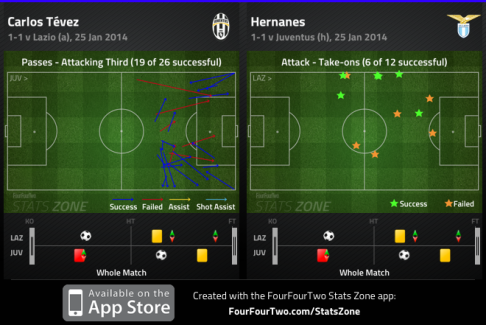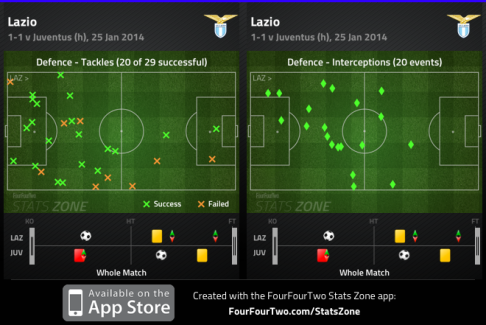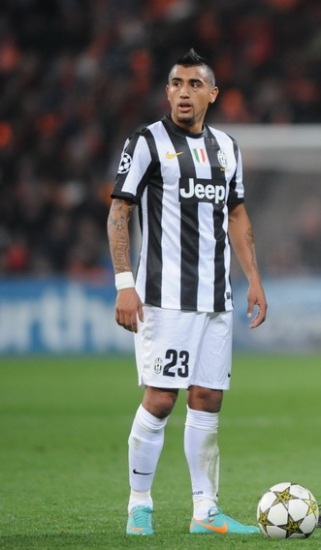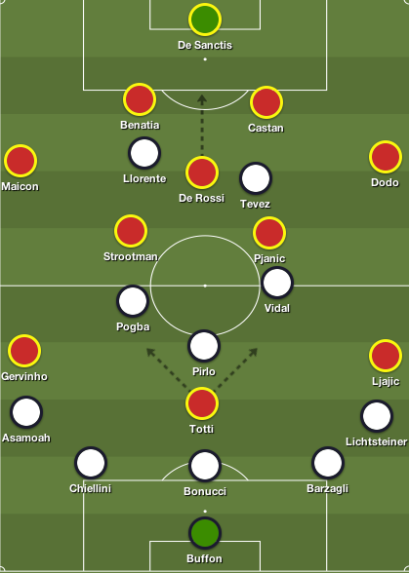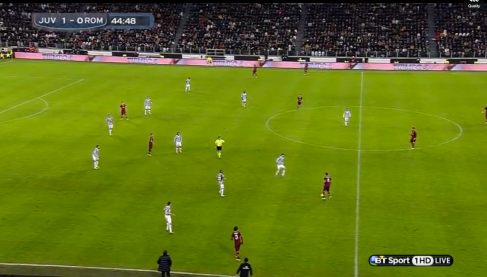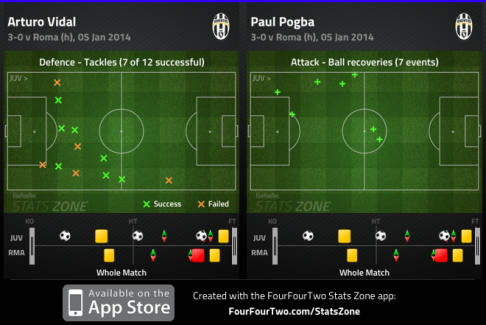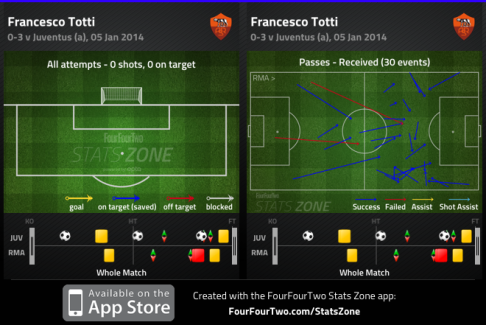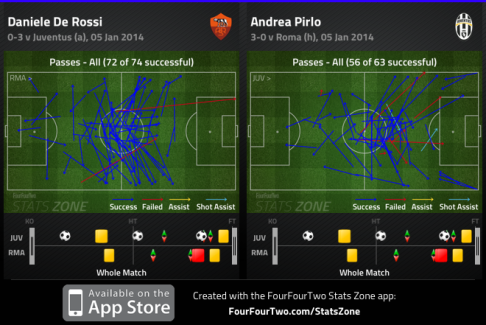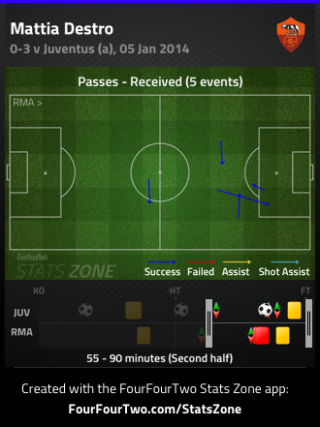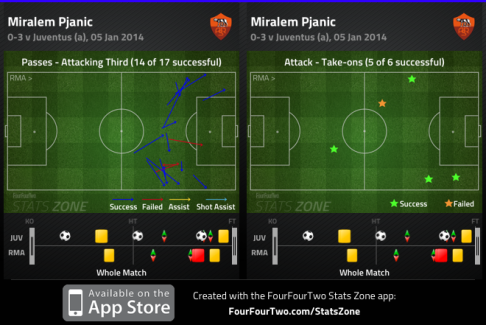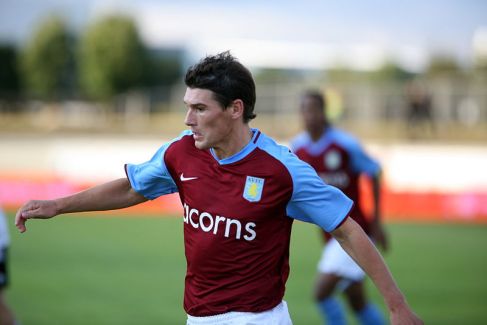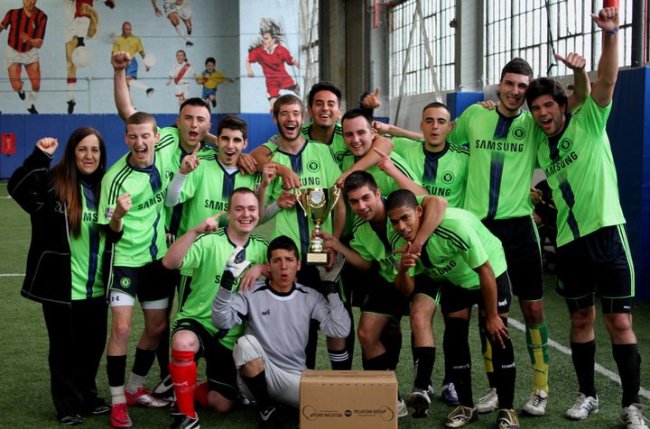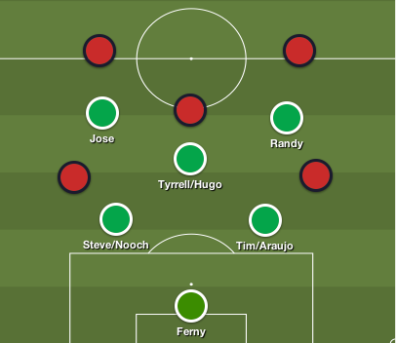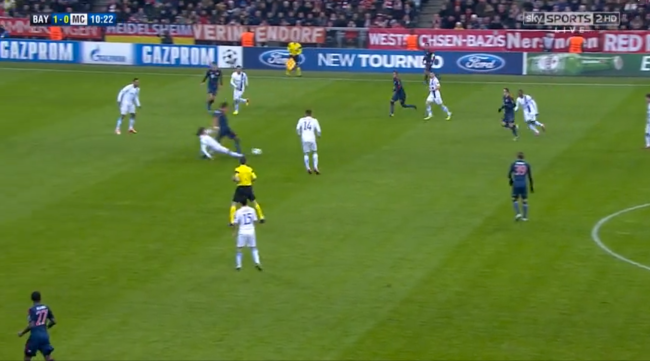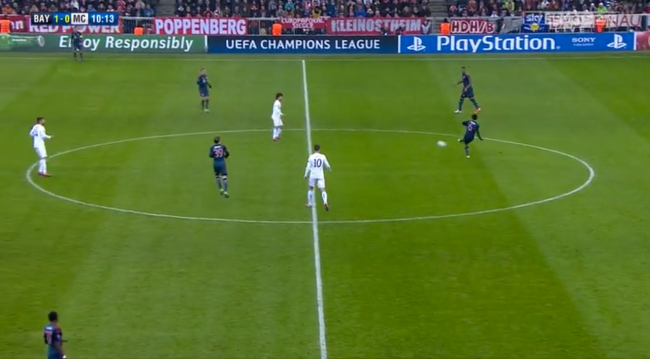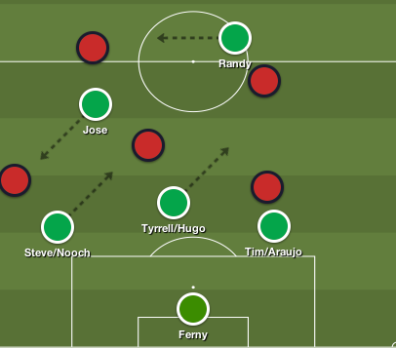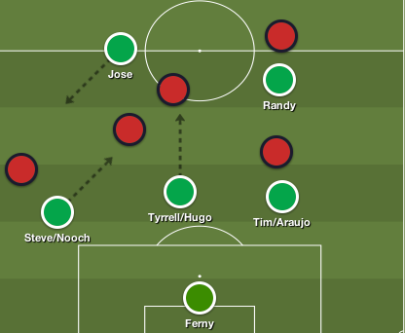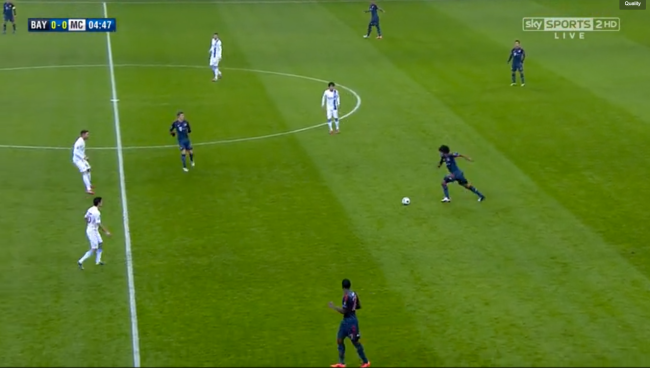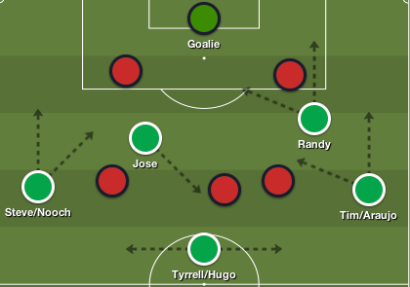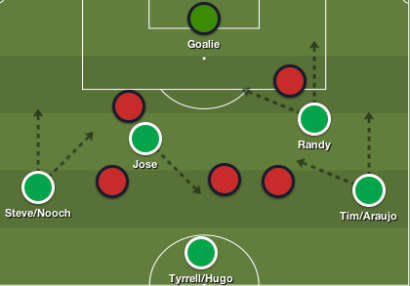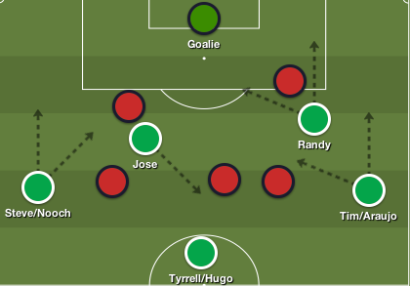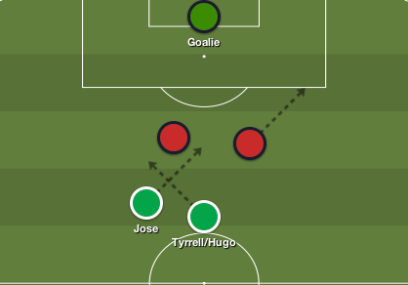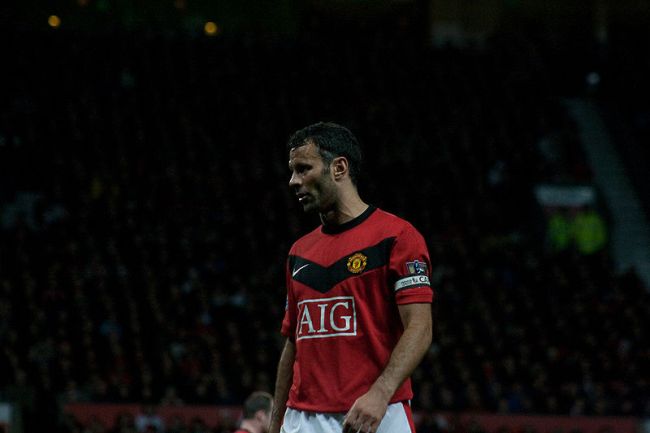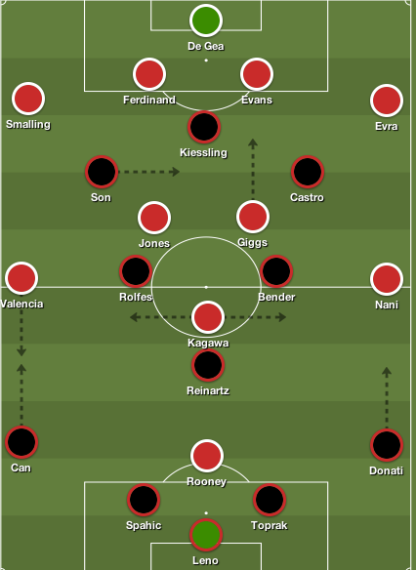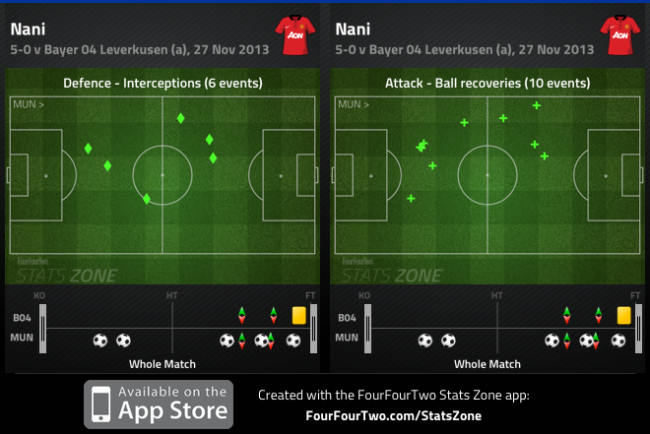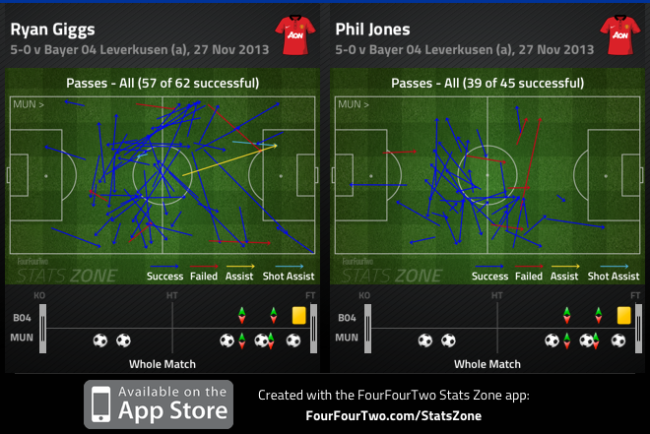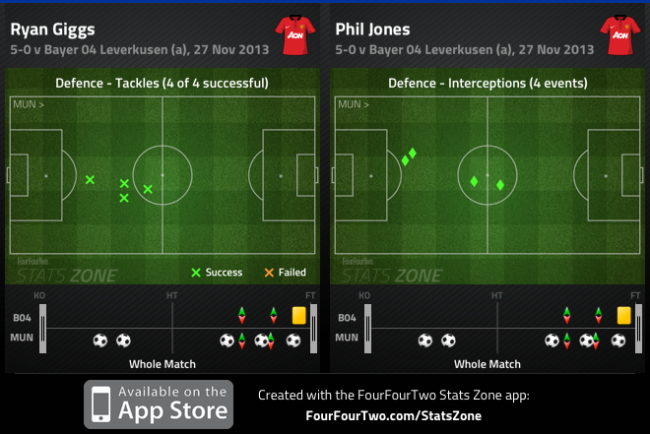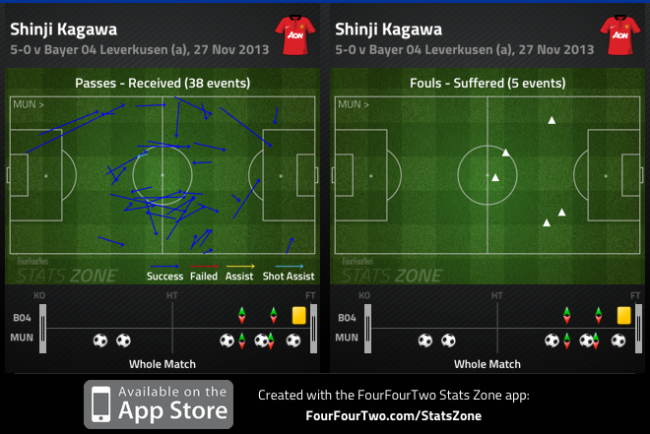
Chile’s forward Alexis Sanchez (L) vies with Ecuador’s forward Enner Valencia during the Copa America inauguration football match at the Nacional stadium in Santiago, on June 11, 2015. Chile won 2-0. AFP PHOTO / MARTIN BERNETTI
Chile squeaked past Ecuador to claim the first Copa America 2015 triumph, courtesy of goals from Arturo Vidal and Eduardo Vargas.
Jorge Sampaoli’s side operated in their expected 3-4-2-1 with Alexis Sanchez spearheading the attack ahead of Jorge Valdivia and Vidal. Jean Beausejour and Mauricio Isla started the match as advanced wingbacks, while Marcelo Diaz and Charles Aranguiz sat in midfield.
Gustavo Quinteros, the new man on the block for Ecuador, is without star player Antonio Valencia for the entire tournament, but persisted with the nation’s reliable 4-4-2. Enner Valencia and Miller Bolanos formed a strike partnership upfront, with Jefferson Montero and Fidel Martinez on the flanks. Christian Noboa was also handed a new partner in midfield, as Osbaldo Lastra made up the other half of the midfield duo.
This match distinctly typified both sides – Chile’s energy pegged Ecuador into their third for extensive periods in the first half, with Quinteros’ men defending near their box. Oddly, both sides opened up in the second half, creating their best chances in transition – the Ecuadorian’s squandered legitimate opportunities late on and were punished for two mental lapses.
Chile’s quick start
Stylistically, Chile may be the most exciting football side over the past five years, and their energetic start was slightly anticipated. Sampaoli’s men press higher up the pitch to break into tackles and possess dynamic attackers capable of making penetrative runs and evading challenges towards goal.
Ecuador, however started the match flat, and within the opening three minutes could have trailed by two goals. The moves, though, were quite contrasting: Aranguiz found Valdivia between the lines, thus leading to Sanchez darting past a few challenges to slide the ball wide of the net. Shortly afterwards, a simple Valdivia lob to Sanchez saw the Chilean audaciously attempt to chip goalkeeper Alexander Dominguez.
Valdivia
The one recurring theme in Chile’s buildup throughout the first half involved Valdivia’s movement in Ecuador’s third. Without a legitimate centre forward upfront, Chile relied on Sanchez’s diagonal runs behind the defence, and Vidal charging into space from midfield.
Valdivia also charged into this space once to control a ball from Gonzalo Jara once in the first half, but for the most part his movement involved the attacking midfielder drifting laterally behind the Ecuadorian midfield duo, or dropping deeper into midfield to obtain the ball in midfield. Ultimately, Lastra and Noboa were overloaded 4v2 in midfield, and failed to prevent Valdivia from receiving passes between the lines.
However, the downfall to the Chilean’s movement was his final ball. Despite starting the game superbly in the final third, majority of Valdivia’s passes were unsuccessful – he completed 73% of his passes throughout, and although many were penetrative, the Chilean’s decision-making was poor.
This in result thwarted Chile’s approach. Frickson Erazo or Gabriel Achilier followed Sanchez when he was in search of the ball, but with Sampaoli’s men particularly reliant on runs behind the defence, Valdivia’s poor passing limited their territorial dominance.
Ecuador’s shape
Surely, Valdivia’s productivity proved beneficial to Ecuador in the first half, but this was further warning that their defensive shape was often substandard. They dropped into two banks of four when Chile monopolized possession in the final third, yet occasionally dropped into a 4-5-1 with Bolanos aiding Noboa and Lastra in protecting central areas.
Sampaoli’s decision to operate in a back three ensured that the hosts could play out of the back with a spare man, but they found joy in wide areas due to Vidal’s movement and the advanced wing-backs. With that being said, while Ecuador’s shape wasn’t necessarily impressive, the centre-backs admirably coped with crosses from wide areas, and limited Sanchez’s space to test Dominguez.
Chile down the right
Still, apart from the early spell of pressure, the hosts found it difficult to create goal-scoring chances. The intricate combination passes into tight areas was remarkable, but rarely did Sampaoli’s men successfully complete the final ball.
However, in the latter stages of the first half, Chile’s persistence on stretching the pitch proved successful. It was evident from the first whistle that Beausejour and Isla were instructed to stick near the touchline in an advanced position. Likewise, when Vidal wasn’t charging into the box, the midfielder stormed into these positions to combine with the wingbacks.
Vidal’s movement into these areas maintained balance, but also ensured Ecuador couldn’t remain compact in central areas for lengthy spells. Yet within a two-minute spell Vidal was involved in overloads with Isla and Sanchez. The first opportunity was a lovely passing move that saw Vidal back heel the ball into half space for Isla, but his cross was cleared. Then, Vidal’s initial forward pass enabled Sanchez and Isla to combine, but the right wing back curled his shot wide of the net.
Isla offered Chile an outlet down the right with his advanced movement, whereas Vidal drifted into these areas to maintain balance and create overloads – it appeared a plausible route to goal following an underwhelming first half.
Ecuador more direct
The second half was completely contrasting to the first in terms of the tempo and structure of both sides. For the most part, the match was fairly open with both sides taking turns breaking into space on the counter to launch attacks.
Perhaps this benefited Ecuador, who in fairness improved substantially in the second half. The lone chance to attack on the counter was wasted, and the attempts to bypass Chile’s midfield and defence with simple conservative passes proved unsuccessful.
Quinteros possesses the personnel to play a direct brand of football, which partially explains why Montero was positive in brief spells throughout, serving as Ecuador’s sole attacking threat in the first half. Apart from a lackadaisical mistake from Diaz, which led to a Martinez shot on goal, it was Montero’s dribbling that steered Ecuador towards goal – unfortunately, the winger’s crosses were underwhelming.

Alexis Sanchez of Chile discusses with Gabriel Achilier of Ecuador during the 2015 Copa America Chile Group A match between Chile and Ecuador at Nacional Stadium on June 11, 2015 in Santiago, Chile.
Montero simply drifted into space behind the advanced Isla – who operated as a wingback in the first half, and a natural right back in the second – before charging into dangerous areas. Valencia, though, was arguably Ecuador’s best player in the second half.
Frankly, this should have been Quinteros’ initial approach. Valencia exploited his physical and aerial superiority against a diminutive Chilean defence – nodding a free header off the crossbar in the latter stages of the second half – but his overall influence improved, as balls were constantly played into the striker to lay off to his teammates, allowing them to push forward and peg the hosts back.
Likewise, the Ecuadorian striker was involved in his side’s best moves. Great combination play and use of half space between Ayovi and Valencia saw the latter fire a shot inches wide of the net, whereas Lastra’s ball recovery in midfield led to the midfielder clipping a pass over the defence for the Ecuadorian striker, who nearly rounded Bravo to equalizer.
The decision to quickly launch balls into Valencia and Montero troubled Chile on a few occasions, and it equally provided Ecuador with an outlet to maximize the talents of their top players.
Chile moves to a 4-3-3
The other noticeable tactical move saw Chile move from a 3-4-1-2 to a 4-3-3, which has been a common alteration under Sampaoli. Eduardo Vargas replaced Beausejour to join the attack, further pushing Vidal into midfield.
Although there was no significant change to Chile’s threat in open play – with Isla in an advanced position, there was arguably more space for Ecuador to break into – the fast paced second half saw Sanchez grow into game as he dropped deeper off Vargas to receive the ball. Sanchez ignited two breaks that resulted in a Vidal shot flying over the net, and the Chilean attacker sliding a pass into Vargas, but his effort was parried away by Dominguez.
The open game and move to a 4-3-3 offered Sanchez the space to run at defenders, opposed to his role in the first half where he was constantly fouled when he successfully evaded challenges on the half-turn. A poor pass from substitute Renato Ibarra led to Sanchez running at the defence to create Vargas’ winner: surely, the goal was created from a mistake – both Chilean goals were preventable – but had this been the first half, Sanchez would be looking to receive a pass, and it’s uncertain as to whether he would, further showcasing one of the few benefits to the move.
Substitutions
Chile reverted to a back trio once they took the lead, transitioning into a five-man defence when Ecuador maintained possession. Matias Fernandez – who received two bookings within a 20 minute span – replaced Valdivia was an expected change as the latter’s fitness prohibits him from completing many games, whereas David Pizarro made a brief appearance in the final 10 minutes.
Quinteros appeared content with Ecuador’s progress in the second half, as his two changes followed Vidal’s winner from the spot. Pedro Quinonez and Ibarra offered the required dynamism in midfield – however, apart from a late squandered Valencia opportunity, neither player could ignite a comeback.
Conclusion
This game went as expected – a tough fight for an exciting Chilean outfit that struggle to score goals, due to a shaky defence and the lack of a reliable striker. Chile was dominant in brief spells, throughout, but they didn’t create enough chances in the final third, instead capitalizing on simple Ecuadorian mistakes.
Ecuador’s approach, on the other hand, was quite peculiar. Perhaps the initial goal was to play reactive and cope with the expected pressure from the hosts, but they inevitably improved when they employed a direct game.
Stylistically, the second half epitomized the way the Ecuadorians should approach this tournament. They aren’t blessed with creative playmakers in central areas, but can rely on tricky wide players and an imposing centre forward – crosses into the box should remain their main route to goal.
Nevertheless, we didn’t learn anything new about these two sides. On the day Chile executed when chances were presented to them, as superior talent prevailed. Ecuador remains the team that can sustain pressure and pose a threat when they attack directly, whereas Chile has yet to identify a combination between exciting football and results.
